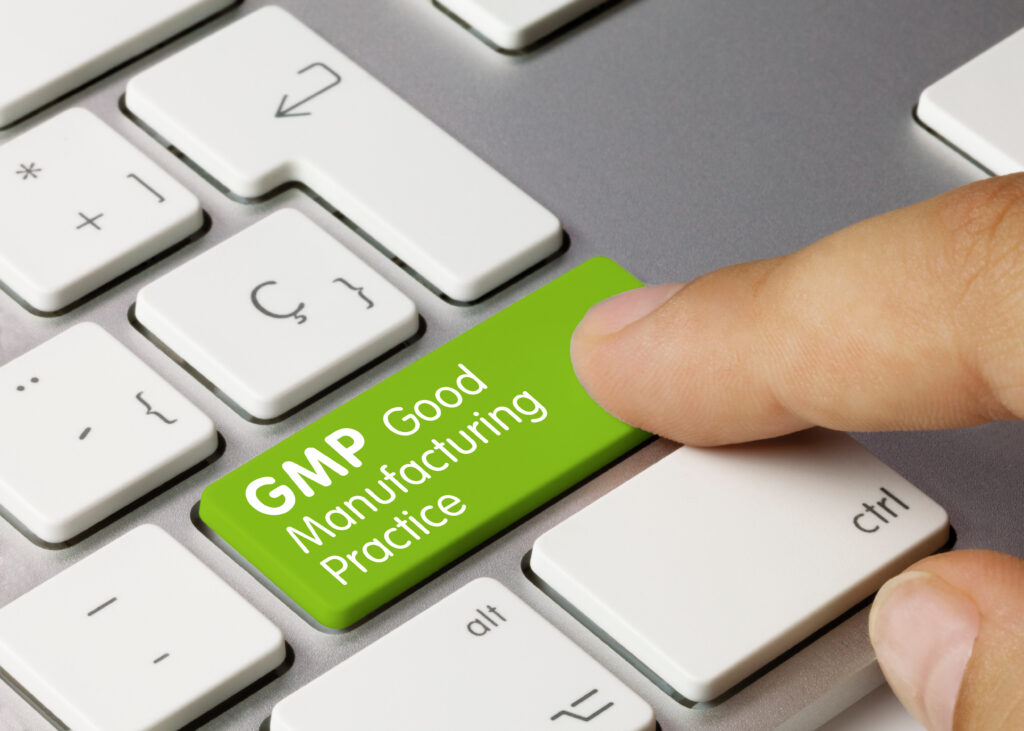The Novo Nordisk Catalent acquisition for $16.5 billion marks a significant step for the company, and is driven in large part by regulatory compliance concerns given Catalent’s lackluster history. Catalent’s history of sub-par quality management, highlighted by U.S. FDA regulatory scrutiny, has played a pivotal role in shaping the rationale behind this acquisition.
The most recent Catalent U.S. FDA Form-483 from November 2023 stresses the shortcomings of the quality management unit. The Form-483 comments are harsh, noting “the responsibilities and procedures applicable to the quality unit are not fully followed,” along with failure to investigate and identify 171 root causes for deviations.
Novo Nordisk’s acquisition of Catalent comes at a crucial time as the demand for GLP-1 drugs, including key products like Ozempic and Wegovy, continues to rise. The acquisition is set to provide Novo Nordisk with three Catalent fill-finish sites and related assets, enhancing its manufacturing capacity and addressing supply challenges for these sought-after drugs.

Catalent has faced scrutiny due to quality management issues, causing other potential suitors like Danaher to back away from acquiring Catalent. Danaher’s decision to retreat from the acquisition underscores the challenges faced by Catalent in maintaining attractiveness for potential M&A deals amidst operational and financial issues.
In contrast, Novo Nordisk’s acquisition of Catatent aligns with its overarching strategy of investing in well-established life science companies with growth potential. Despite Catalent’s quality management challenges, Novo Nordisk aims to leverage its expertise and resources post-acquisition to address and rectify any existing concerns within Catalent.
In conclusion, the Novo Nordisk Catalent acquisition represents a calculated step towards enhancing manufacturing capabilities, addressing supply challenges, and aligning with long-term growth objectives. This strategic move underscores Novo Nordisk’s commitment to leveraging the acquisition for mutual benefit and sustainable growth amidst the evolving landscape of regulatory compliance and quality management in the pharmaceutical industry.
Recent Comments